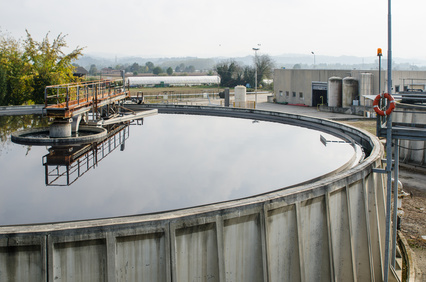TREATMENT OF WASTEWATER FROM
A PRIMARY THICKENER (LA2)
ISSUE
A pulp and paper mill had an excessive organic load from a primary thickener's discharge. This issue was generating much load at the subsequent treatment step (biological digestion). This load had a concentration of around 1500 ppm. The objective was therefore to reduce this load to around 500 ppm. Such a lower concentration was manageable by the biological digestion step.
STS Canada was assigned to determine which additive (floculants and coagulants) were best suited to notably improve the process. The key parameters here were the formation of flocs and the settling rate in the primary thickener.
TECHNOLOGICAL CHALLENGE
The goal was to find the products with the highest benefit to cost ratio that could reduce the thickener's overflow discharge load. Jar testing was performed to assess different flocculants and coagulants that met the selection criteria. Each performance was measured in an individual and combined fashion, for both settling rate and particulate matter (PM) yield at the discharge.
RESULTS
With the laboratory testing, the combination of a coagulant with a flocculant mixed at precise concentrations made it possible to decrease the discharge load to 700-800 ppm. With these numbers, the client then was able to calculate his cost-benefit ratio for this issue and make an educated decision.

INDUSTRY
Pulp and Paper
Primary thickener discharge
Wastewater treatment (WWT)
Coagulant / Flocculant
LEVEL OF INTERVENTION
Optimization study
Laboratory testing
ESTIMATED COST
27000$YEAR
2015